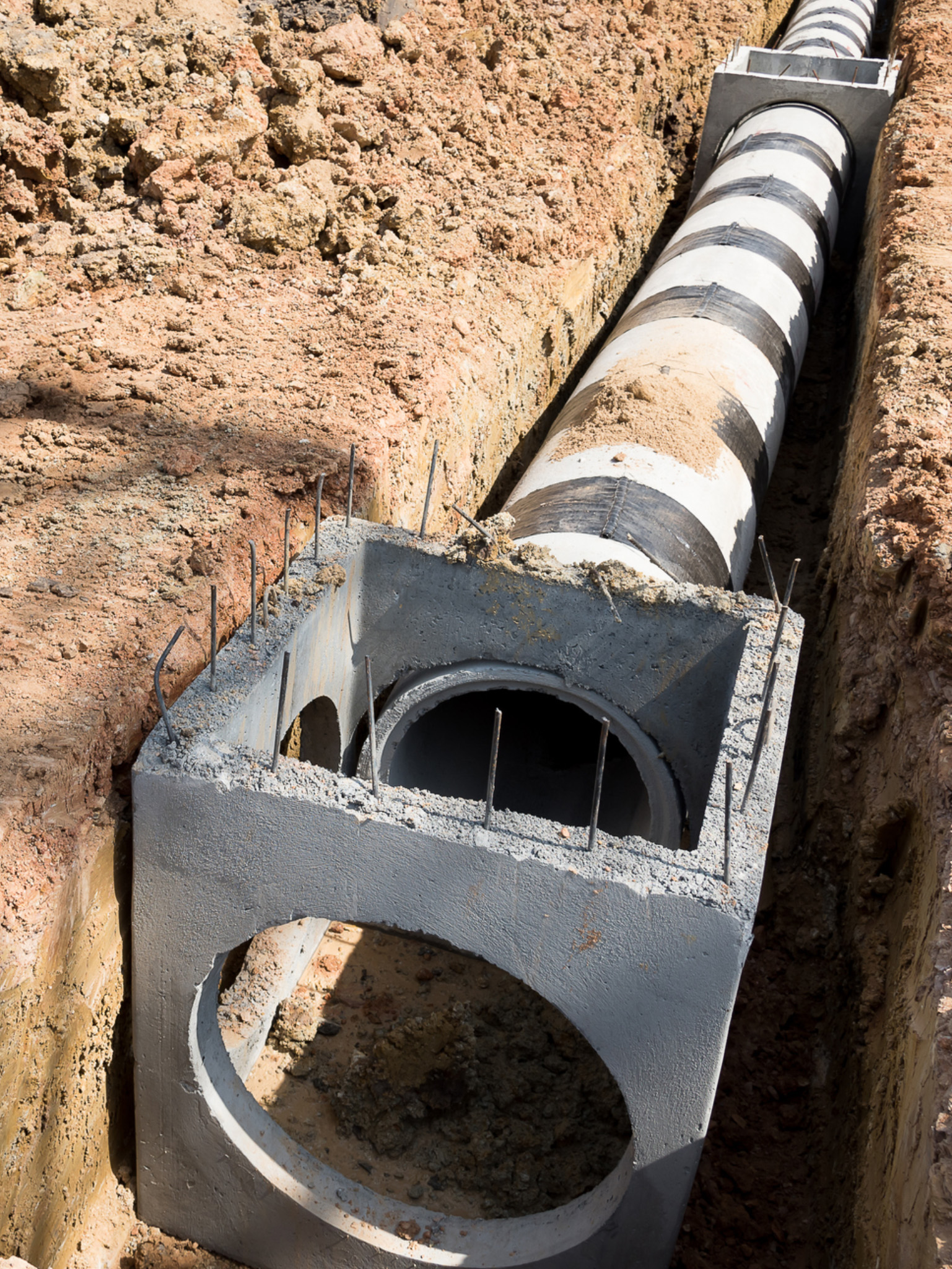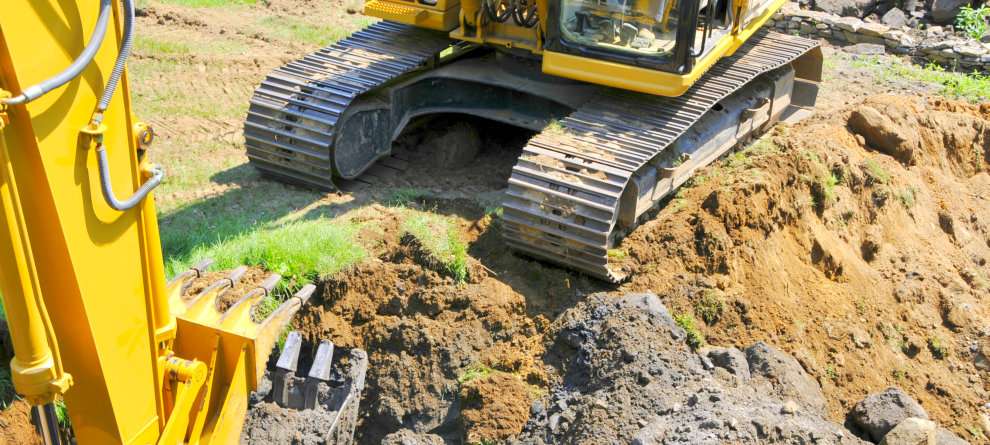Septic Ohio - Comprehensive Septic Tank Providers in Ohio
Septic Ohio - Comprehensive Septic Tank Providers in Ohio
Blog Article
Introducing the Art of Excavation: Pro Tips for Safe and Effective Excavating
In the realm of excavation, the mastery of efficient and secure excavating is an art kind that calls for precision, understanding, and adherence to well-known techniques. As soil is turned and earth is moved, the ins and outs of excavation disclose themselves, demanding a keen understanding of equipment, soil make-up, safety and security protocols, and environmental factors to consider. The proficiency required to navigate these components effectively can indicate the distinction between a successful excavation project and a potential catastrophe. By untangling the layers of this elaborate procedure, a globe of approaches and insights awaits those seeking to elevate their excavation skills to new heights.
Relevance of Appropriate Devices
To make certain the safety and security and efficiency of any kind of excavation project, utilizing the proper devices is extremely important. The right tools not only boost performance yet also mitigate dangers related to digging. Excavation tasks differ in range and intricacy, ranging from little domestic landscaping work to large construction tasks. Despite the project size, having the proper equipment can make a considerable distinction in the result.
These flexible equipments come in different dimensions to suit different job demands. Mini excavators are excellent for smaller jobs, while bigger excavators deal with more comprehensive tasks effectively.
Bulldozers stand out in tasks that require pressing large amounts of dirt or particles. By spending in the suitable tools, excavation jobs can be finished safely, on time, and with precision.
Comprehending Soil Composition
A detailed grasp of dirt make-up is basic for executing excavation tasks with accuracy and security. Comprehending the various kinds of dirt is important as it directly impacts excavation approaches, devices selection, and overall project efficiency. Dirt structure normally consists of four major elements: sand, silt, clay, and raw material. Each part has unique properties that influence exactly how soil responds to excavation processes.
Silt fragments are smaller sized than sand however larger than clay, providing modest water drainage and cohesion. Organic matter, such as rotting plant material, impacts dirt fertility and security.
Before starting excavation, conducting dirt tests to identify its make-up and attributes is essential. This details helps in picking the proper devices, carrying out precaution, and developing excavation methods customized to the certain dirt problems - lancaster excavation. By comprehending soil make-up, excavation experts can improve project end results while guaranteeing safety and adherence to best methods
Precaution and Procedures
Understanding soil structure is the cornerstone whereupon precaution and protocols for excavation jobs are built, guaranteeing the health of employees and the success of the venture. There are several key procedures that have to be applied to alleviate risks and prevent crashes. when it comes to security throughout excavation.
Firstly, prior to any digging commences, a comprehensive evaluation of the site must be conducted to determine any type of prospective risks such as below ground energies, unsteady soil problems, or neighboring structures that could position a risk. It is important to have a proficient person supervise the excavation procedure to make certain that all security methods are adhered to strictly.
In addition, all employees entailed in the excavation must be properly educated in risk-free excavating methods and the appropriate operation of tools. By sticking to these safety actions and protocols, excavation projects can be completed effectively and without incident.
Efficient Excavation Planning
When embarking on an excavation job, meticulous preparation is important to make sure effectiveness, safety and security, and successful outcomes. Effective excavation planning includes numerous vital steps that are essential for the smooth implementation of the job. The very first step is to perform a thorough website evaluation to determine any potential hazards, such as underground energies or unstable dirt problems. This details is vital for developing a detailed excavation plan that consists of security measures and risk mitigation strategies.
When the website assessment is full, the next action is to develop a clear timeline and routine for the excavation tasks. This consists of identifying the sequence of tasks, tools demands, and workforce allocation. Appropriate scheduling aids avoid delays and makes sure that the task stays on track.

Furthermore, communication among all staff member is critical during the planning phase. Clear instructions, routine updates, and efficient control are crucial for an effective excavation project. By investing effort and time in meticulous preparation, excavation groups can significantly boost performance, decrease threats, and attain effective results.

Managing Ecological Considerations
With raising emphasis on environmental sustainability in building and construction methods, managing environmental factors to consider has ended up being an important facet of excavation jobs. Excavation tasks have the prospective to impact the surrounding atmosphere via soil disintegration, debris overflow, environment disruption, and contamination of water resources. To minimize these threats, it is vital to implement finest practices that prioritize ecological security.

Moreover, appropriate waste administration is critical to avoid dirt and water contamination. Applying treatments for the disposal of harmful products, recycling of waste materials, and reducing using unsafe chemicals read review can dramatically lower the ecological over here effect of excavation jobs. By incorporating these methods into excavation planning and execution, building and construction firms can ensure that their jobs are not only secure and effective however also environmentally liable.
Verdict
To conclude, understanding the art of excavation needs an extensive understanding of proper tools, dirt composition, precaution, and reliable preparation. By following these guidelines and taking into consideration environmental elements, excavations can be conducted securely and efficiently. It is crucial to focus on safety and performance in every digging task to make sure successful results.
As dirt is transformed and planet is moved, the ins and outs of excavation reveal themselves, requiring a keen understanding of devices, dirt make-up, safety and security protocols, and environmental considerations.To make certain the safety and performance of any type of excavation task, using the appropriate tools is critical.An extensive grasp of soil composition is essential for executing excavation tasks with precision and safety and security. Understanding the different kinds of dirt is essential as it straight influences excavation methods, devices option, and total project performance. By understanding soil pop over to this site composition, excavation specialists can boost job end results while making certain safety and security and adherence to ideal methods.
Report this page